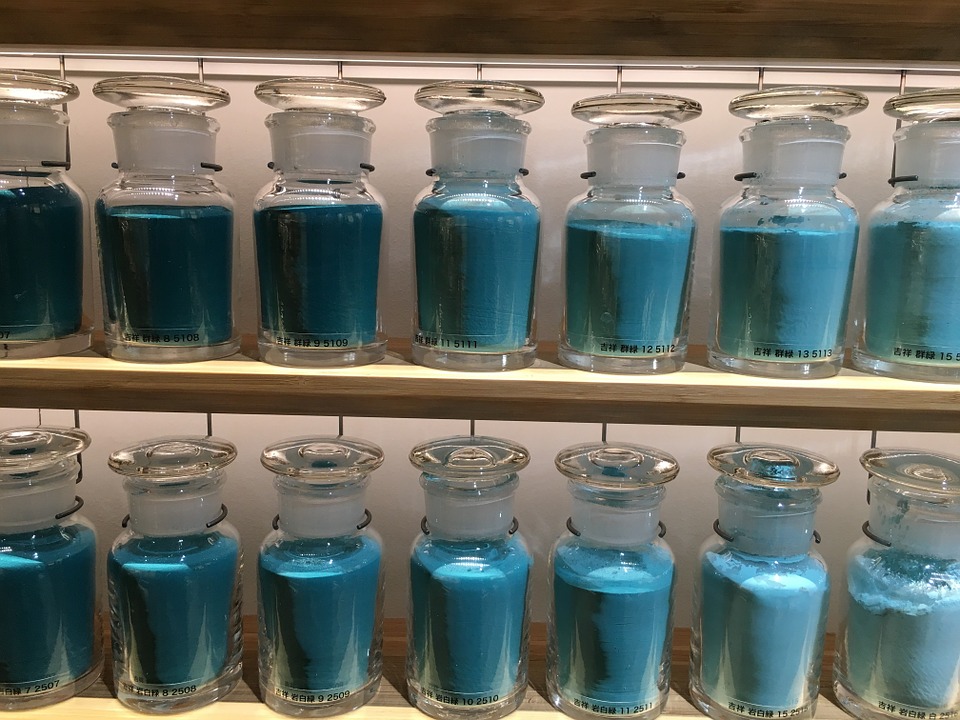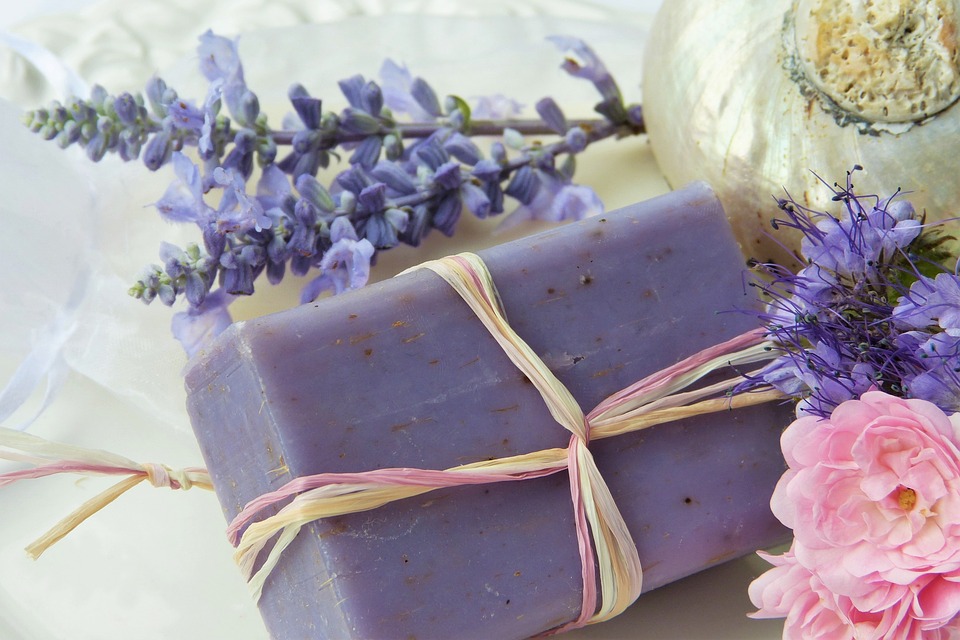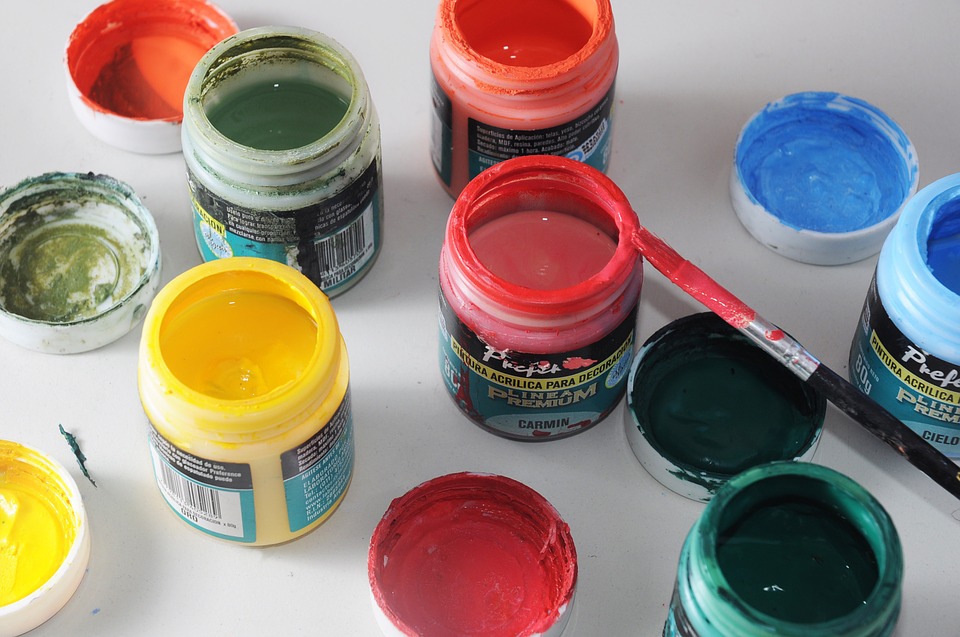The pigment is the substance that is used to make transferable color such as the pigment used in ink pastels, and paint pigments; they both are synthetic and found in nature. In short, the pigment is the powdered material that is mixed in with the carrier-based paint liquid thereby giving it that color.
In order to embrace and acknowledge the worth of pigments today, we’ll have to look into their historic significance, we need to know what those compelling sources were, which introduced the notion of using pigments to enhance the beauty of color in the art world?
We’re not going to take an insight into all colors, but the basic three obsolete ones mentioned below;
1. Maya Blue
Known as Maya Blue, it’s long been recognized as a mix of a natural clay and a dye from the indigo plant, but the question, how does it prove to be durable in not being subjected to fading solvents and acids; it’s still a mystery.
This sky-blue shading has been found in ancient rarities of the Maya and Aztec. This color got vanished around frontier times in Central America, much the same as the pre-Columbian civic establishments themselves.
2. Ivory Black
As the name suggests, the color ivory black was made from burnt elephant tusks, bone char, and other ivory. Artists like Rembrandt were fond of this color as they used to use swathes of back in their creative paintwork.
As claimed by Art in making; ivory black pigment is always prepared from animal bones or waste ivory by charring in a closed crucible.
3. Orange Pigments
The orange color takes place amongst red and yellow in the noticeable range at a wavelength of around 585–620 nm. The complementary color of orange is azure, a slightly greenish blue. The pigment orange 13 is widely used for paintings to give a more delightful, or prominent look.
The pure orange colors real-gar and chrome orange were supported by the Impressionists. The less pure tones of orange were discovered to a great extent in the ochre family and recently in the cadmium family. Cadmium orange is a well-known shading in oils, acrylics, and watercolors. The more as of late created Azo orange is less expensive than cadmium orange, is non-lethal, and holds a similar level of lightfastness.




